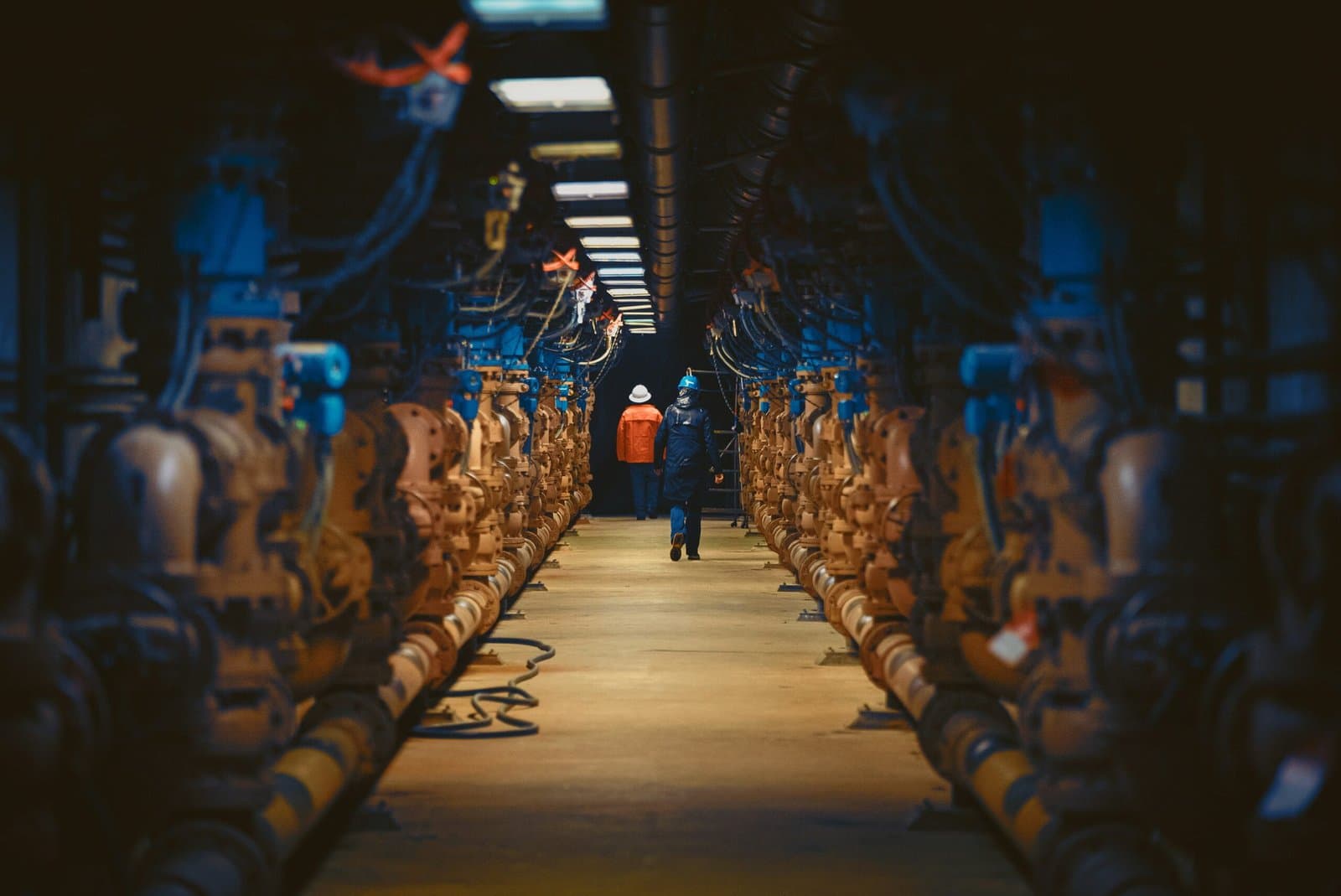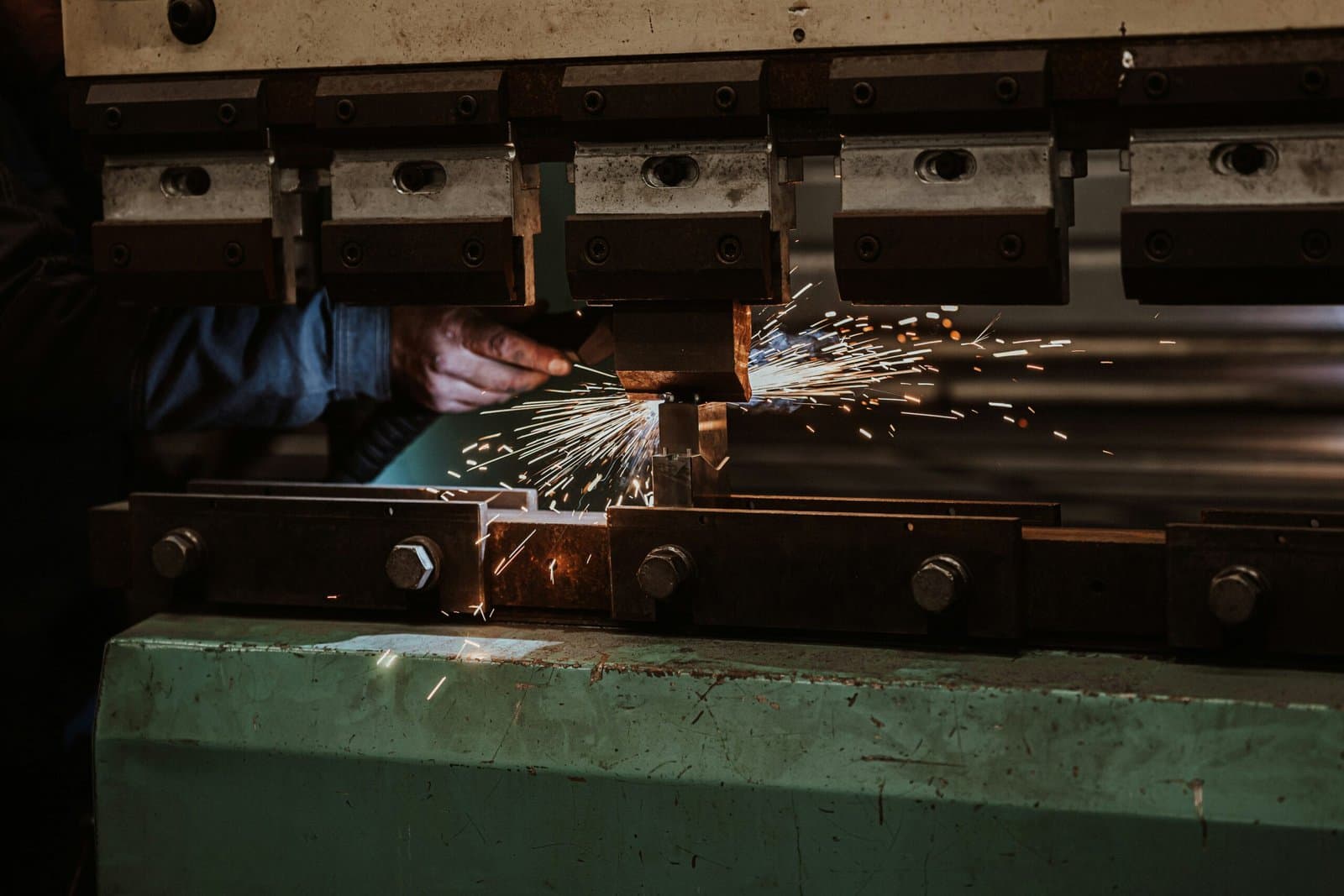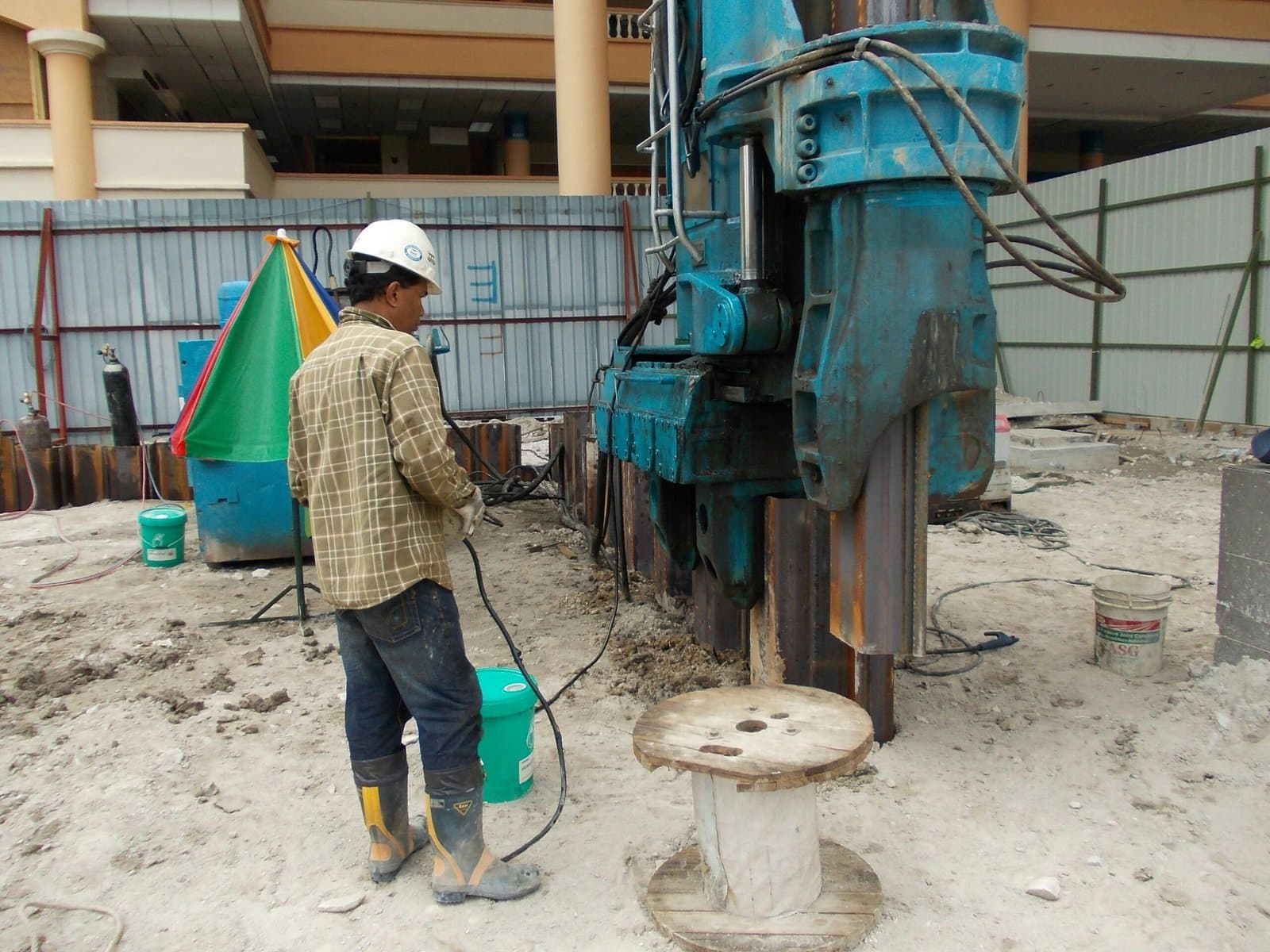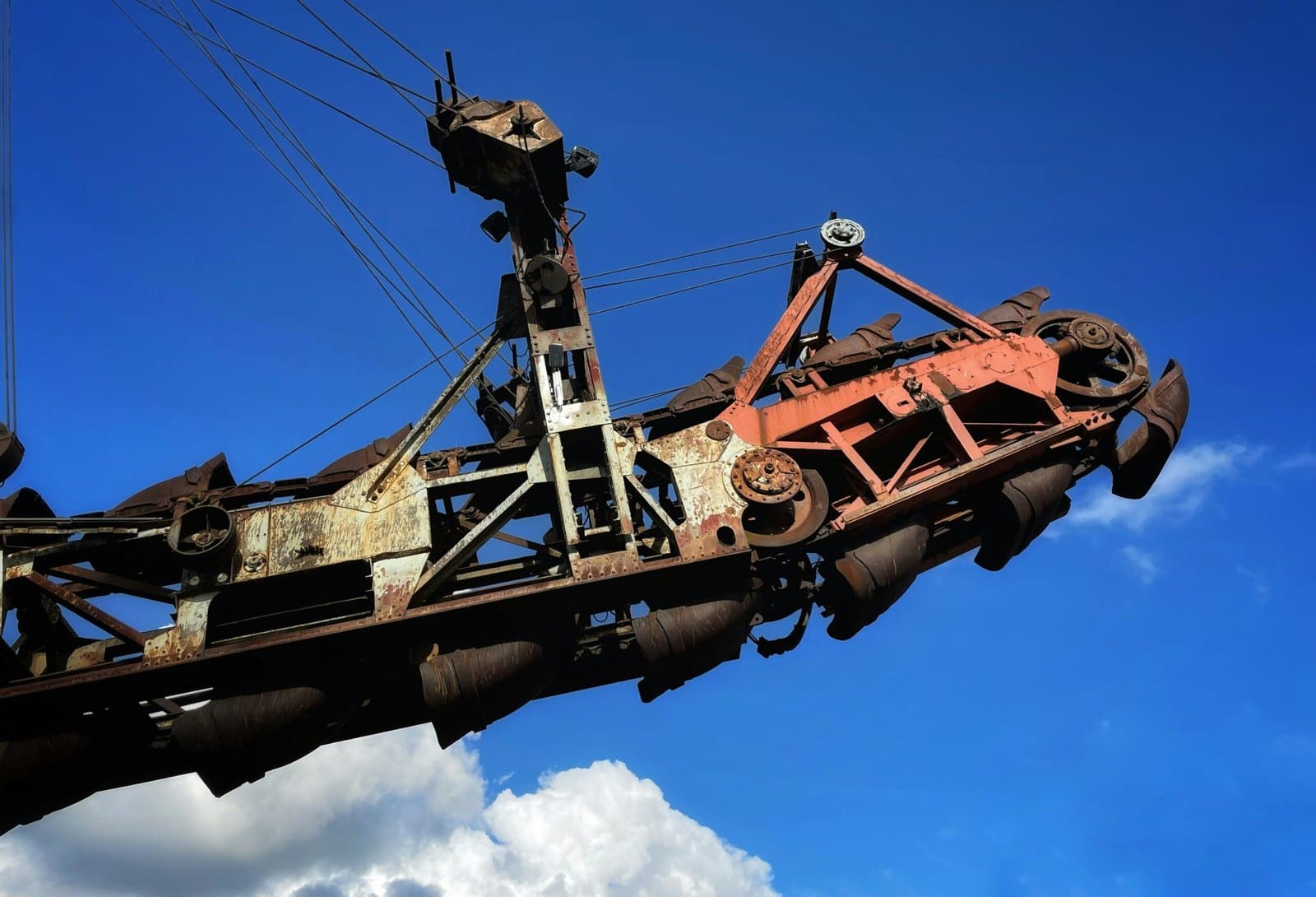Maintaining Your Metal Fabrication Equipment: Tips for Optimal Performance

Maintaining metal fabrication equipment is crucial for ensuring optimal performance, reducing downtime, and extending the life of your machinery. Proper maintenance not only enhances efficiency but also provides safety in the workplace. Here are some essential tips to keep your metal fabrication equipment in top condition, with detailed information for each section.
Regular Inspections
Conducting regular inspections is the first step in maintaining your equipment:
- Daily Checks: Look for signs of wear and tear, leaks, unusual noises, or vibrations. Inspect fluid levels, check for loose bolts or screws, and ensure that safety guards are in place.
- Weekly Inspections: Perform more detailed checks, including testing safety features like emergency stops, inspecting belts and hoses for cracks or wear, and checking electrical connections for signs of corrosion or fraying.
- Monthly Reviews: Examine lubrication levels, check for misalignments, and inspect electrical components. Also, verify the condition of cutting tools and replace any dull or damaged ones. Test all moving parts for smooth operation.
Lubrication
Proper lubrication is essential to prevent friction and wear:
- Follow Manufacturer Guidelines: Use the recommended lubricants and follow the prescribed schedule. Ensure you’re using the correct type of lubricant for each part of the machinery.
- Lubricate Moving Parts: Ensure all moving parts, such as bearings, gears, and spindles, are adequately lubricated. Over-lubrication can be as harmful as under-lubrication, so apply the right amount.
- Check Lubricant Quality: Regularly check the condition of the lubricant and replace it if it appears contaminated or degraded. Look for signs of metal particles or discoloration, indicating wear or contamination.
Cleanliness
Keeping your equipment clean is vital for maintaining performance:
- Daily Cleaning: Wipe down surfaces, remove metal shavings, and clean up spills. Use appropriate solvents or cleaners that won’t damage the equipment.
- Deep Cleaning: Periodically thoroughly clean all components, including hard-to-reach areas. Disassemble parts if necessary to clean them properly.
- Dust Control: Use dust collection systems to minimize the accumulation of dust and debris. Regularly empty and clean dust collectors and filters to ensure they function correctly.
Alignment and Calibration
Ensuring that your equipment is properly aligned and calibrated is crucial for precision:
- Regular Alignment Checks: Use alignment tools to check the alignment of critical components such as lasers, cutters, and bending machines. Misalignment can lead to inaccurate cuts and increased wear.
- Calibration: Regularly calibrate machines to ensure they are operating within specified tolerances. Use precise measurement tools and follow the manufacturer’s instructions for calibration. Keep records of calibration dates and results.
Replace Worn Parts
Timely replacement of worn or damaged parts prevents breakdowns:
- Keep Spare Parts: Maintain an inventory of commonly used spare parts to minimize downtime. Identify critical parts prone to wear and ensure you have replacements on hand.
- Monitor Wear and Tear: Keep a close eye on components that are prone to wear, such as belts, blades, and bearings, and replace them as needed. Implement a schedule for inspecting and replacing these parts based on usage and manufacturer recommendations.
Training and Safety
Proper training and adherence to safety protocols are essential for maintenance:
- Staff Training: Ensure that all operators and maintenance personnel are adequately trained in using and maintaining the equipment. Provide ongoing training to keep skills current.
- Safety Procedures: Implement and enforce safety procedures, including lockout/tagout protocols during maintenance. Ensure that all safety guards are in place and functioning correctly.
Documentation
Keeping detailed records helps track maintenance and identify patterns:
- Maintenance Logs: Maintain logs of all maintenance activities, including inspections, repairs, and replacements. Use digital systems to streamline record-keeping and make data easily accessible.
- Service Records: Keep records of professional servicing and calibrations to ensure compliance with warranties and regulations. Document any issues identified and corrective actions taken.
Professional Servicing
Sometimes professional intervention is necessary:
- Scheduled Servicing: Arrange for periodic professional servicing and calibration by certified technicians. They can thoroughly inspect and address any potential issues before they become significant problems.
- Emergency Repairs: Have a plan in place for emergency repairs to minimize downtime. Identify local service providers and establish relationships to ensure quick response times.
Environmental Control
The environment in which your equipment operates can significantly impact its performance:
- Temperature Control: Ensure the operating environment is within the recommended temperature range to prevent overheating or condensation. Use climate control systems if necessary.
- Humidity Control: Maintain appropriate humidity levels to avoid rust and corrosion. Use dehumidifiers in areas prone to high humidity and regularly inspect for signs of rust.
Software Updates
For equipment with digital controls, keeping software updated is crucial:
- Regular Updates: Install the latest software updates and patches to enhance functionality and security. Set up a schedule to check for updates regularly.
- Backup Systems: Regularly back up control software and machine settings to avoid data loss. Use cloud storage or external drives to ensure secure and easily retrievable backups.
Maintaining your metal fabrication equipment is essential for optimal performance and longevity. By following these tips, you can ensure that your machinery operates efficiently, safely, and reliably. Regular maintenance reduces the risk of unexpected breakdowns and enhances the overall productivity of your metal fabrication operations. Invest time and resources into a robust maintenance program to keep your equipment in peak condition and your business running smoothly.
Newsletter
Don't miss a thing!
Sign up to receive daily news
Recent Posts

august 30, 2025
Decommissioning a Facility: How to Turn It into a Profitable Venture

august 25, 2025
Hydraulic Press Maintenance 101

august 18, 2025
Rigging Machinery: The Challenge of Moving and Installing Outdated vs. Modern Equipment

august 16, 2025
Conveyor System Maintenance: 5 Early Warning Signs of Failure

august 14, 2025
Predictive Maintenance: The Smarter Alternative to Costly Reactive Repairs

august 11, 2025